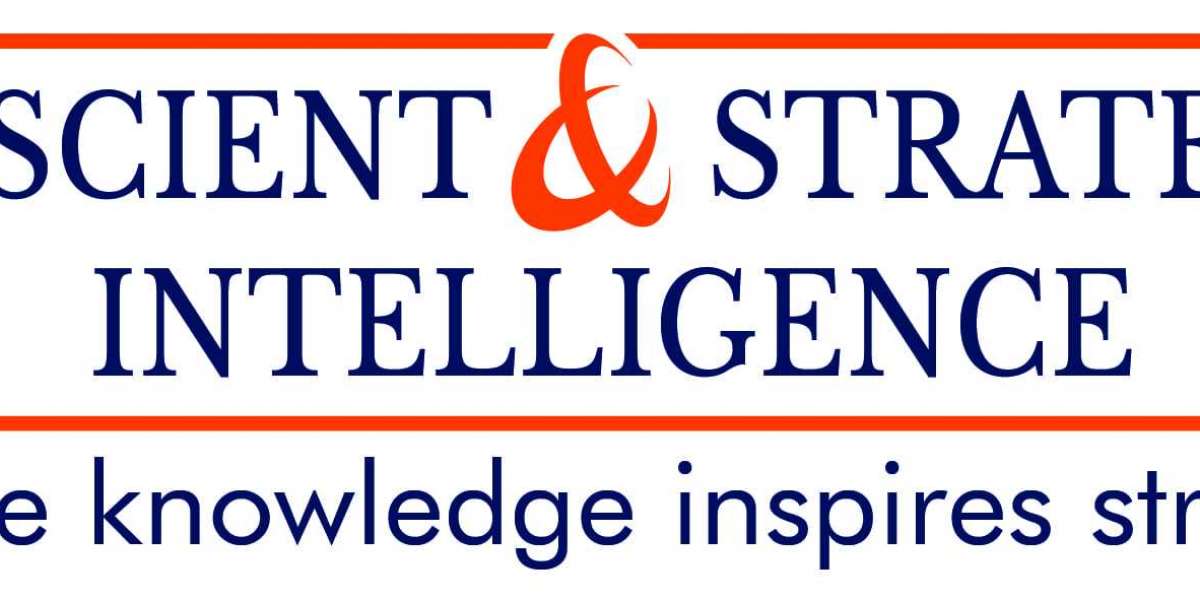Rising awareness regarding hygiene and personal care and increasing per capita income of people are some of the major factors bolstering the demand for spunbond nonwovens across the globe, as these fabrics are used in the production of personal care products, such as toddler training pants, diapers, and feminine hygiene pads. For instance, owing to the low infant mortality rate and high fertility rate in most of the nations, the global baby diaper market is predicted to surpass $70.0 billion in revenue by 2024, which will significantly boost the demand for spunbond nonwovens.
Along with hygiene and personal care, such textiles are used in agriculture, medical, automotive, packaging, building and construction, and various other applications, such as filtration, apparel, and furniture and bedding. Amongst these, hygiene and personal care products recorded the highest usage of spunbond nonwoven fabrics in 2017. This is mainly ascribed to the increasing awareness regarding personal hygiene and personal care in developing nations, such as India, Brazil, Indonesia, and China.
The most common materials used in spunbond nonwovens are polyester, polyurethane, polypropylene, and polyethylene. However, the biggest trend currently being witnessed in the spunbond nonwovens market is the increasing usage of new materials. A majority of the spunbond nonwoven-producing companies are increasingly investing on research and development activities in order to develop new and advanced spunbond nonwoven fabrics. Moreover, these activities are aimed at developing superior-quality nonwoven fabrics at affordable prices. The commercial adoption of these fabrics will significantly reduce the cost of the end products in future, thereby pushing their usage further.
Globally, the Asia-Pacific (APAC) region recorded the highest usage of spunbond nonwovens in 2017. This is primarily attributed to the fact that China, on account of the huge industrial base, manufacturing capacity, and high disposable income of the people, is the largest market for nonwovens in the world. The APAC region is also expected to observe the highest utilization of these materials during the forecast period, owing to the rapid industrialization in India, China, and Japan and the resultant surge in the use of these fabrics in the packaging, building and construction, and automotive industries.
Therefore, it can be concluded that due to the burgeoning need for hygiene and personal care products, on account of the increasing awareness on the issue, soaring geriatric population, and rising industrialization rate, the demand for spunbond nonwovens will increase in the coming years.








